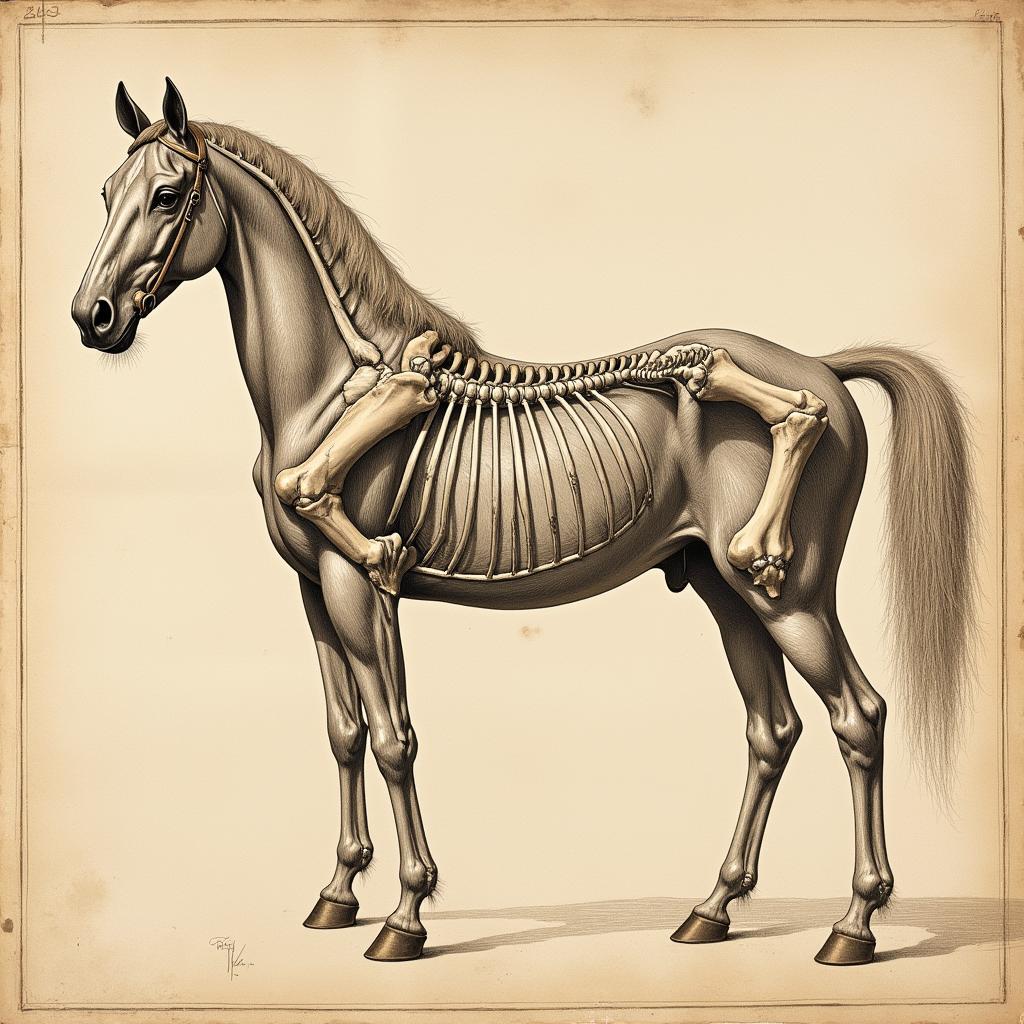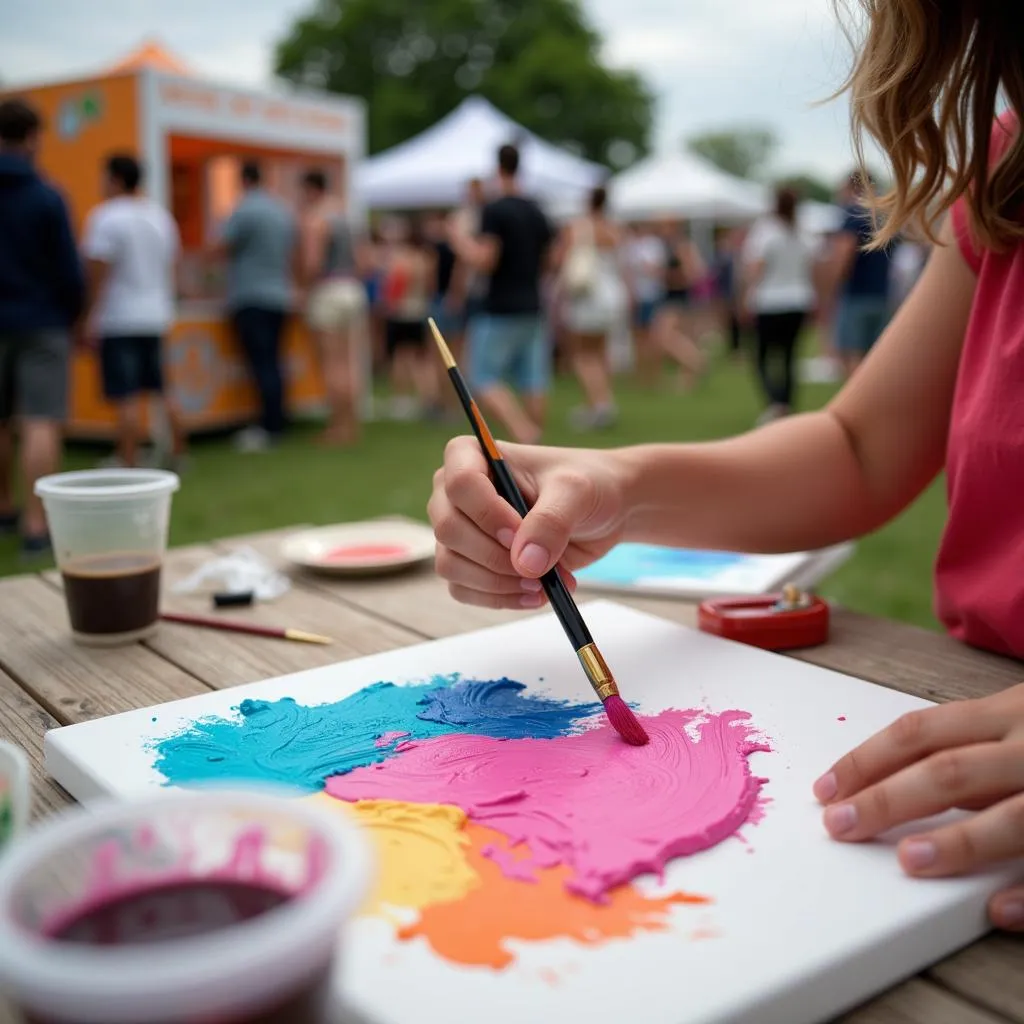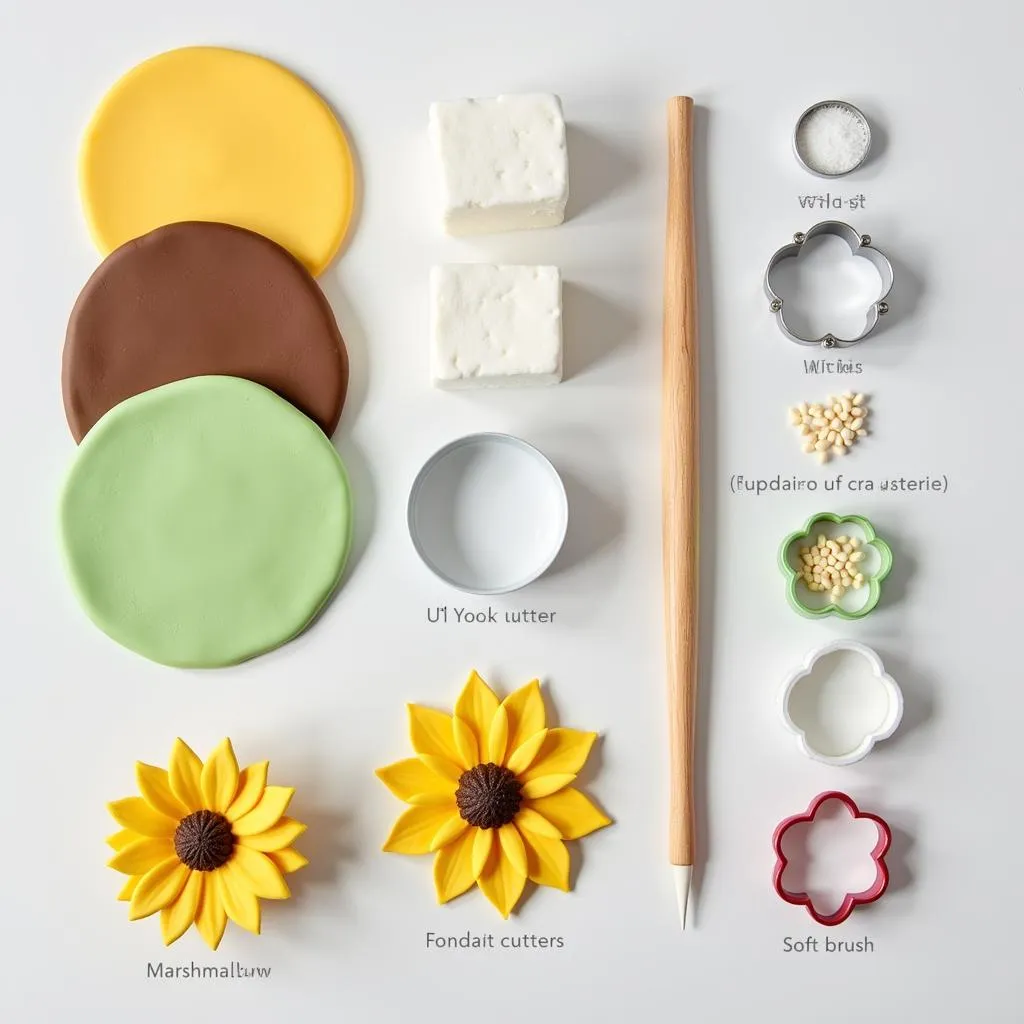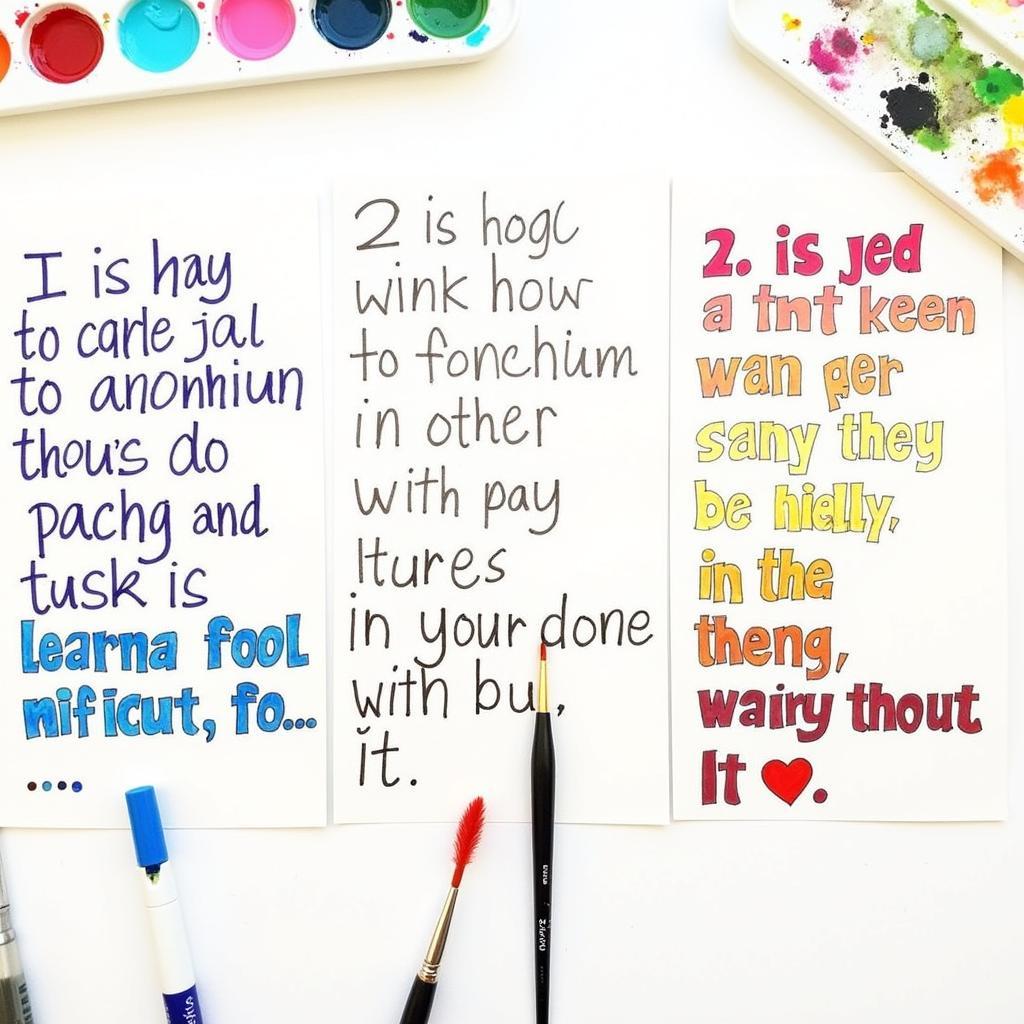Exploring the Majestic World of Animal Renaissance Art
Animal Renaissance Art, a captivating blend of nature’s beauty and artistic finesse, flourished during the Renaissance period (roughly 14th-16th centuries). This era witnessed a renewed interest in the natural world, with artists meticulously studying and depicting animals in their works. From majestic horses in battle scenes to symbolic creatures in religious iconography, animals played a vital role in Renaissance art, reflecting the era’s evolving understanding of the world around them. See how the masters of the Renaissance brought animals to life on canvas and in sculpture.
The Significance of Animals in Renaissance Art
The inclusion of animals wasn’t merely decorative. They held symbolic weight, representing virtues, vices, or even biblical narratives. Lions, often associated with strength and courage, were frequently depicted alongside powerful figures. Dogs, symbols of loyalty and fidelity, appeared in portraits of families and individuals. Birds, with their ability to soar, could symbolize spiritual ascension or divine messages. This symbolic language added layers of meaning to Renaissance artworks, inviting viewers to delve deeper into their significance. Even seemingly mundane creatures like tortoises held meaning, representing patience and longevity. Check out more tortoise art.
How Renaissance Artists Mastered Animal Anatomy
Renaissance artists dedicated themselves to understanding animal anatomy. Through careful observation and dissection, they gained unprecedented knowledge of the animal form, allowing them to depict creatures with remarkable accuracy and realism. Leonardo da Vinci, a true Renaissance polymath, filled his notebooks with detailed anatomical studies of various animals, from horses to birds. This pursuit of anatomical accuracy is evident in the lifelike depictions of animals in Renaissance masterpieces. This detailed rendering also extended to art showcasing human subjects, as seen in compelling art pictures of woman.
 Renaissance Horse Anatomy Study
Renaissance Horse Anatomy Study
Beyond Realism: Symbolism and Storytelling in Animal Renaissance Art
While realism was paramount, animals in Renaissance art also served symbolic and narrative purposes. In religious paintings, animals often represented biblical figures or concepts. The lamb, for instance, symbolized Christ’s sacrifice. In mythological scenes, creatures like unicorns and dragons added an element of fantasy and allegory. Renaissance artists skillfully blended realism with symbolism, creating works that were both visually stunning and intellectually stimulating. The use of symbols in art extended beyond animal figures. Discover the rich meanings embedded in renaissance art symbols.
What are common animals depicted in Renaissance art?
Horses, dogs, birds, lions, and lambs are some of the most commonly depicted animals in Renaissance art. Each carried symbolic weight, adding layers of meaning to the artwork. The powerful imagery of hunting scenes often featured majestic deer. You can explore the captivating world of deer hunting art.
How did the study of anatomy influence animal depictions?
The Renaissance emphasis on anatomical accuracy, fueled by artists like da Vinci, significantly impacted how animals were portrayed. Detailed studies and dissections allowed artists to create remarkably lifelike representations.
 Renaissance Hunting Scene with Dogs
Renaissance Hunting Scene with Dogs
The Legacy of Animal Renaissance Art
The influence of animal renaissance art extends far beyond the Renaissance period. It laid the foundation for future artistic movements and continues to inspire artists today. The meticulous observation of nature, the skillful blending of realism and symbolism, and the emotional depth imbued in animal portrayals remain powerful testaments to the artistic genius of the Renaissance. These artists not only captured the physical beauty of animals but also explored their symbolic significance, creating a rich tapestry of meaning that continues to resonate with viewers centuries later. Horses, a frequent subject, were depicted in various settings, from battlefields to racetracks. Delve into the world of race horse art to see how these magnificent animals were immortalized in art.
Why is animal renaissance art important?
Animal renaissance art offers invaluable insights into the cultural, scientific, and artistic values of the Renaissance period. It reflects the era’s renewed interest in the natural world and the evolving understanding of animal anatomy.
Expert Insight: Dr. Isabella Rossi, Art Historian specializing in the Renaissance, notes, “Animal representations in Renaissance art are far more than mere embellishments. They are visual cues that unlock a deeper understanding of the era’s cultural and philosophical landscape.”
Conclusion
Animal renaissance art remains a testament to the enduring power of artistic observation and interpretation. By exploring the natural world with a keen eye and a deep appreciation for symbolic meaning, Renaissance artists created a legacy that continues to inspire and captivate us today. Explore the world of animal renaissance art and discover the rich interplay of nature, art, and symbolism.
FAQ
- What is animal renaissance art? Art from the Renaissance period featuring animals, often imbued with symbolic meaning.
- Why are animals important in Renaissance art? They served both aesthetic and symbolic purposes, reflecting cultural and religious values.
- How did Renaissance artists achieve such realistic depictions of animals? Through careful observation, dissection, and anatomical studies.
- What are some common animal symbols in Renaissance art? Lions (strength), dogs (loyalty), lambs (Christ’s sacrifice).
- Where can I see examples of animal renaissance art? In museums and art galleries around the world.
For assistance, please contact us: Phone: 02462573573, Email: [email protected] Or visit us at: Savico Megamall, 7-9 Đ. Nguyễn Văn Linh, Gia Thụy, Long Biên, Hà Nội 10000, Việt Nam. We have a 24/7 customer service team.




